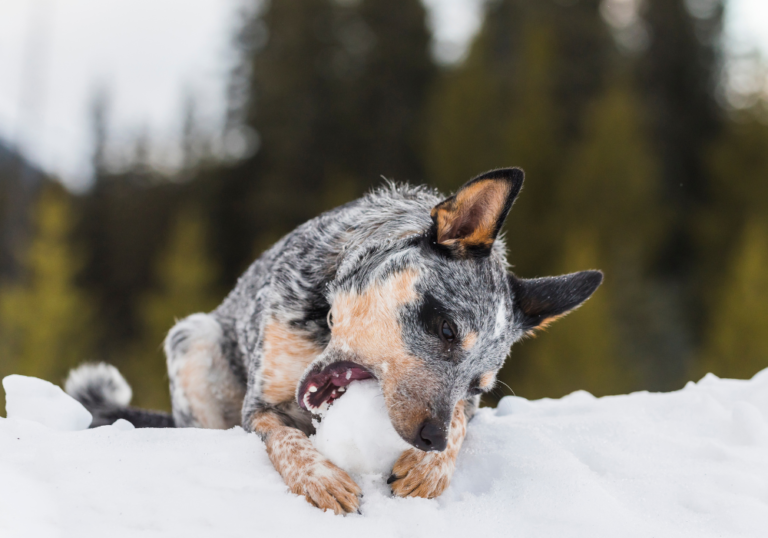Cold Weather Pet Safety: How to Protect Your Pet When the Weather Turns Cold

As winter approaches, pet owners must be aware of the unique challenges that cold weather brings to our furry companions. From skin irritations to frostbite, cold temperatures can pose serious health risks for pets. Fortunately, there are several proactive measures you can take to ensure your pet stays safe and comfortable. Here are six essential tips for cold weather pet safety.
1. Use Pet-Safe Antifreeze
Antifreeze can be deadly for pets, even in small amounts. Its sweet scent attracts animals, leading them to lick up spills that can cause kidney failure or death. To protect your pet, switch to a pet-safe antifreeze. Before refilling your antifreeze, be sure to flush out the old product and dispose of it properly. Always clean up any spills immediately to prevent your pet and other animals from coming into contact with this hazardous substance.
2. Pay Extra Attention to Your Pet’s Paws and Pads
Cold weather can be harsh on your pet’s paws. Frozen surfaces, rock salt, and ice-melting chemicals can lead to painful irritation. After walks or outdoor play, wipe your pet’s paws to remove any irritants. For added protection, apply a layer of petroleum jelly to their pads before heading outside. Consider investing in pet-sized booties, which can protect against harmful substances and offer traction on icy surfaces. Be sure to inspect your pet’s paws regularly during snowy days, removing any clumps of snow or ice to prevent discomfort or frostbite.
3. Limit Outside Time on Freezing Cold Days
While pets often enjoy the brisk air, their natural fur coats may not provide enough protection in extreme cold. If the weather is freezing and you wouldn’t want to be outside for long, your pet likely shouldn’t be either. Bring them indoors, especially if they are short-haired, old, young, or sick. For short outings, a cozy sweater can add an extra layer of warmth for those who need it most.
4. Make Sure Your Pet Wears Tags
Winter is a tricky time for lost pets. Snow and bad weather can complicate your search and endanger your furry friend. Ensure your pet wears a collar with an ID tag, even if they are microchipped. While shelters and veterinary offices can scan microchips, good samaritans in the neighborhood might not have the necessary tools to check. A visible ID tag can expedite the reunion with your lost pet.
5. Protect Your Pet from Indoor Hazards
As the cold weather drives us indoors, it’s important to keep your pet safe from indoor hazards. Fireplaces, heaters, and lit candles can all pose risks. Use a baby gate to create a safe barrier around these heat sources. Kerosene heaters are particularly hazardous; ensure they are placed out of reach of your curious pets. Instead of traditional candles, consider using battery-operated flameless candles to achieve a cozy ambiance without the risk of fire.
6. Don’t Leave Your Pet in a Cold Car
Just as hot cars can be deadly in summer, cold cars can pose a significant risk in winter. Cars can act as refrigerators, holding in the cold and putting your pet at risk of hypothermia. If you plan to be out of the car for more than 10 minutes, it’s best to bring your pet with you or leave them comfortably at home.
If you have questions about your pet’s health or need to schedule an appointment, consult our doctors at Acacia Pet Clinic. We’re here to help you and your furry friends stay safe and healthy this winter.
If you need more help or have any questions, call us at Acacia Pet Clinic, (408) 264-6354, 4486 Pearl Ave, San Jose, CA 95136,
Hours: Monday-Friday: 8:00 am – 5:00 pm or visit us online.

